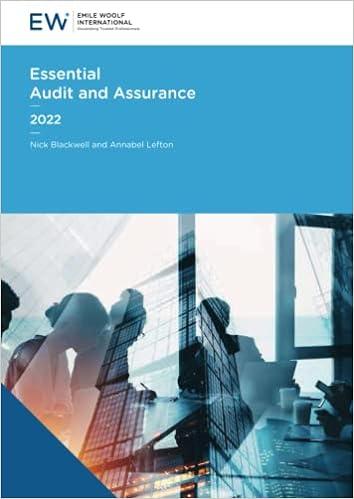Question
Gibson Corporation makes coffee tables. The tables move through two departments during production. Lumber is cut into table parts in the cutting department, which transfers
Gibson Corporation makes coffee tables. The tables move through two departments during production. Lumber is cut into table parts in the cutting department, which transfers the parts to the assembly department for completion. The company sells the unfinished coffee tables to hobby shops.
The list of beginning balances are given below:

The transactions for the second year of operation (2019) are described here. (Assume that all transactions are cash transactions unless otherwise indicated.)
- The company purchased $42,000 of direct raw materials and $1,400 of indirect materials. Indirect materials are capitalized in the Production Supplies account.
- Materials totaling $14,600 were issued to the cutting department.
- Labor cost was $49,200. Direct labor for the cutting and assembly departments was $24,200 and $21,000, respectively. Indirect labor costs were $4,000. (Note: Assume that sufficient cash is available when periodic payments are made. These amounts represent summary data for the entire year and are not presented in exact order of collection and payment.)
- The predetermined overhead rate was $0.50 per direct labor dollar in each department.
- Actual overhead costs other than indirect materials and indirect labor for the month were $16,600.
- The cutting department transferred $28,000 of inventory to the assembly department.
- The assembly department transferred $62,000 of inventory to finished goods.
- The company sold inventory costing $36,000 for $71,000.
- Selling and administrative expenses were $8,400.
- At the end of 2019, $500 of production supplies was on hand.
- Assume that over- or underapplied overhead is insignificant.
Required:
-
Record the data in T-accounts.
-
Record the closing entry for over- or underapplied manufacturing overhead, assuming that the amount is insignificant


Step by Step Solution
There are 3 Steps involved in it
Step: 1

Get Instant Access to Expert-Tailored Solutions
See step-by-step solutions with expert insights and AI powered tools for academic success
Step: 2

Step: 3

Ace Your Homework with AI
Get the answers you need in no time with our AI-driven, step-by-step assistance
Get Started


